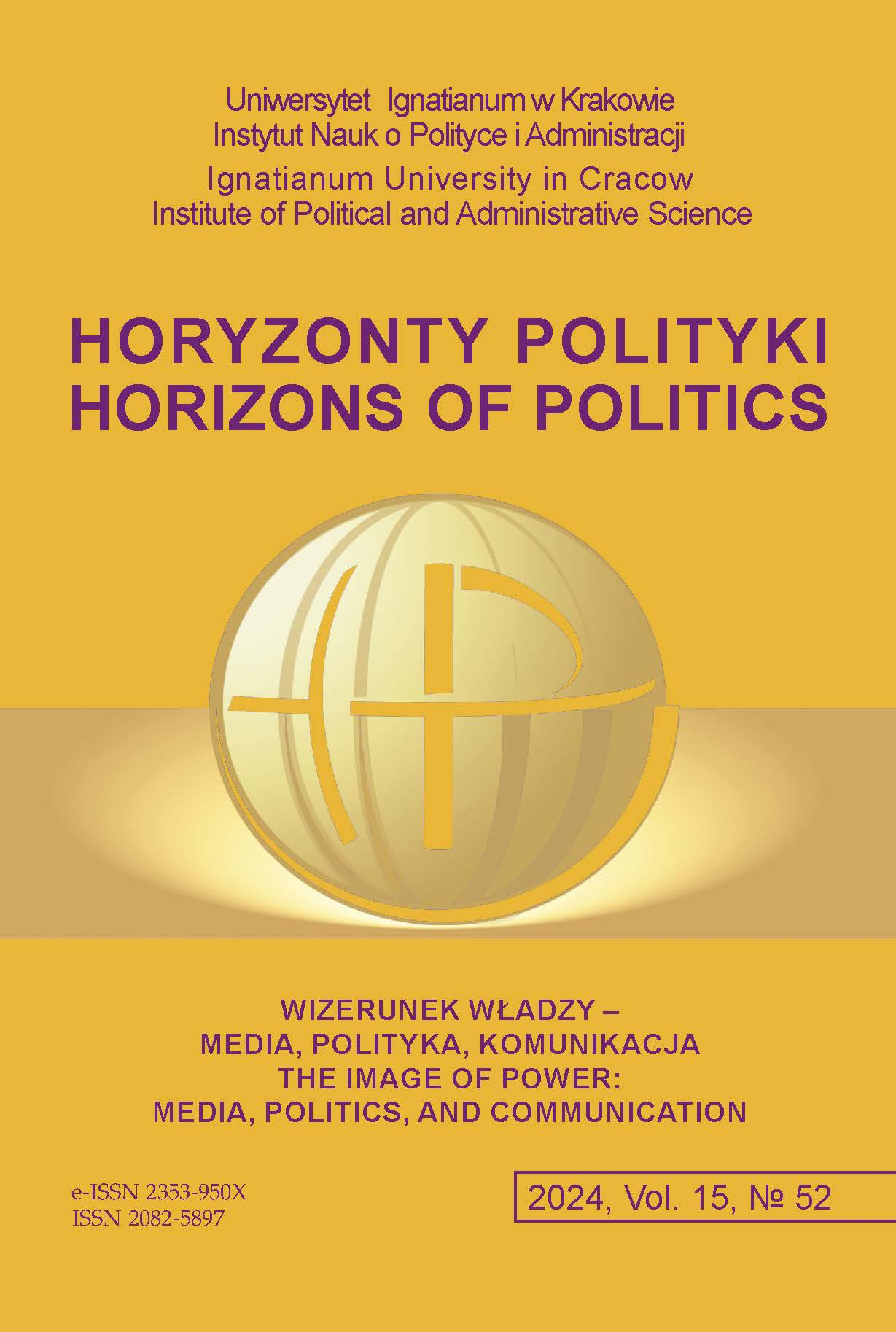Wykorzystanie wizerunku polityków w przekazach typu deepfake – analiza danych fact-checkingowych z 2023 roku
USING THE IMAGE OF POLITICIANS IN DEEPFAKE MESSAGES – ANALYSIS OF FACT‑CHECKING DATA FROM 2023
Author(s): Magdalena Cyrklaff-Gorczyca, Adam MajchrzakSubject(s): Politics / Political Sciences, Politics, Social Sciences, Media studies, Political Theory, Communication studies, Politics and communication
Published by: Uniwersytet Ignatianum w Krakowie
Keywords: deepfake; artificial intelligence; false information; fact‑checking; image of politicians
Summary/Abstract: RESEARCH OBJECTIVE:The aim of study was to check images of politicians and political messages used in deepfakes in 2023 and what were the possible consequences.THE RESEARCH PROBLEM AND METHODS:The goal of the work was to try to answer the main question: “How were deepfakes about politicians in 2023 used on the Internet?”. For this purpose, research questions were asked: how the definition of deepfake is understood, what topics and politicians the analyzed deepfakes concerned, what emotional tone had and what their poten‑tial consequences were. According to hypothesis, these messages were used in a negative context to cause image or social damage. The study used the content analysis method and the Fact Check Explorer tool to extract deepfakes from fact‑checking materials.THE PROCESS OF ARGUMENTATION:The argumentative process started an introduction to artificial intelligence. Then, the deepfake technology and the possibility of using it in the disinformation process were characterized. The next step was to extract political deepfakes from the database and analyze their format, subject matter and emotional content. Finally, a summary and conclusions were presented.RESEARCH RESULTS:The article presents characteristics of deepfakes and review of 51 political deepfakes. The use of politicians’ images in the form of deepfakes most often occurred in the following thematic category: disinformation activities during election campaigns, state and international politics, and warfare. Most deepfakes had a negative emotional tone, while those with a positive and ambivalent tone were less common.CONCLUSIONS, INNOVATIONS, AND RECOMMENDATIONS:The study found that politicians’ images were used mainly in context of ma‑nipulation in areas politics and economy and less frequently to manipulate pop culture and moral issues, health and medicine and online fraud. There is a need to introduce tools to identify deepfakes and programs to increase competences of users in this area.
Journal: Horyzonty Polityki
- Issue Year: 15/2024
- Issue No: 52
- Page Range: 33-54
- Page Count: 22
- Language: Polish

